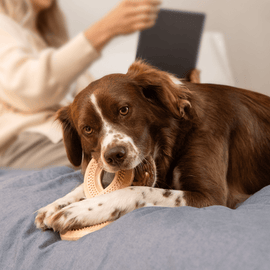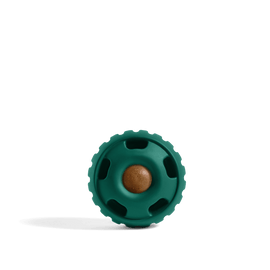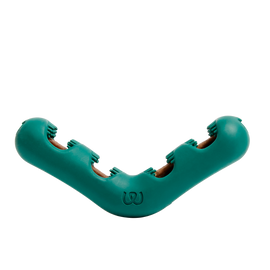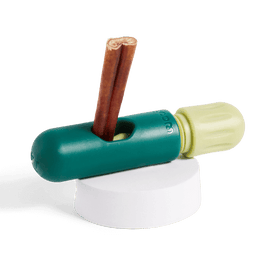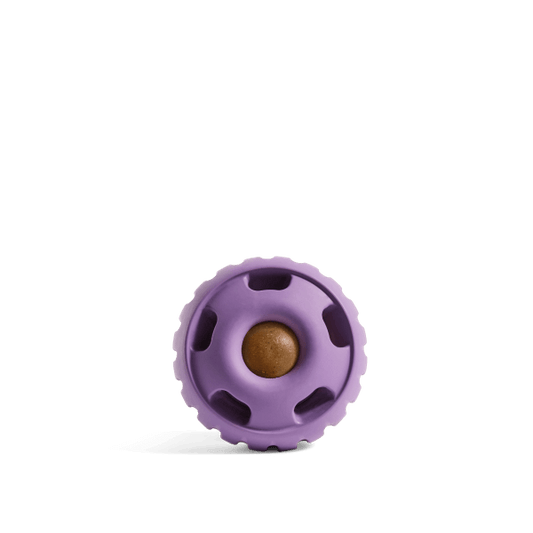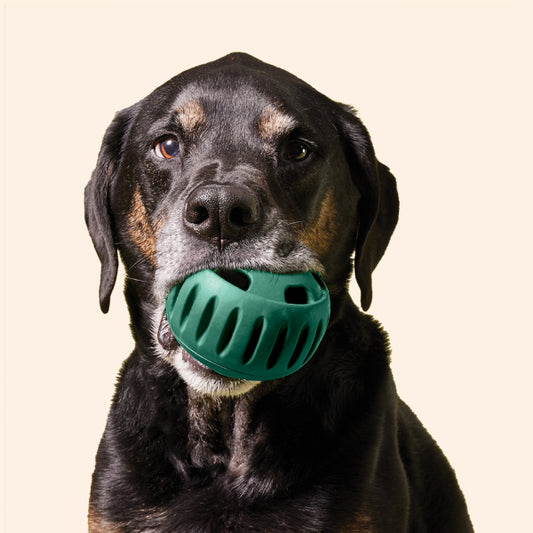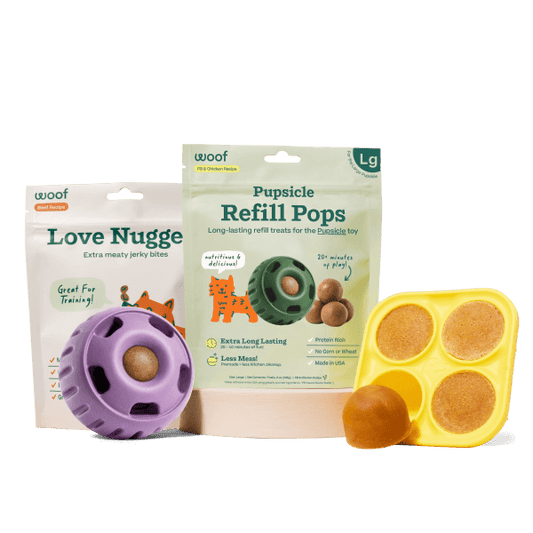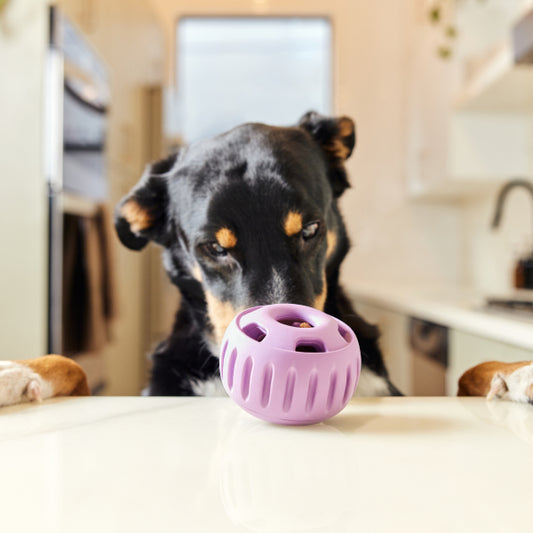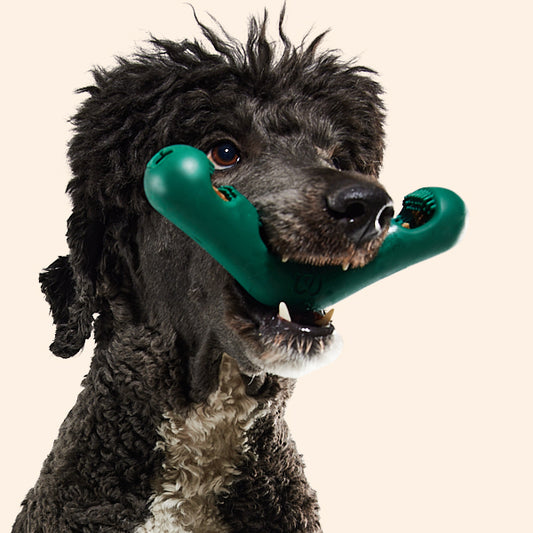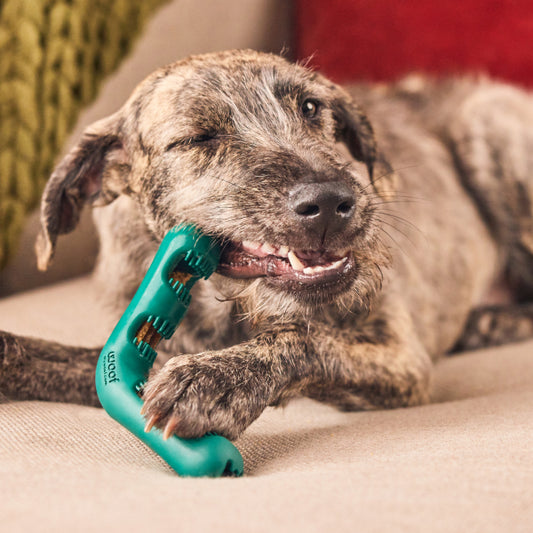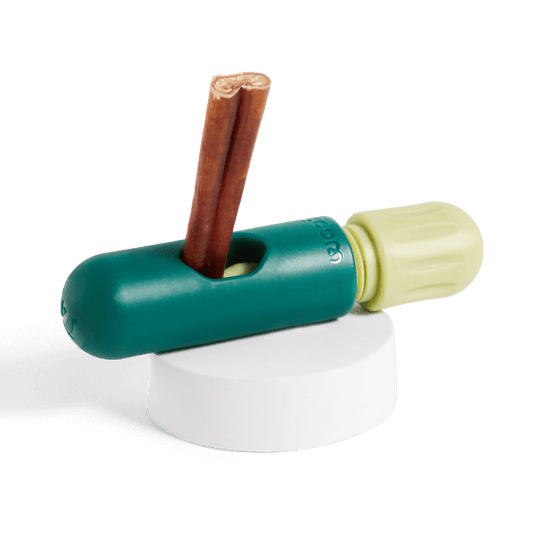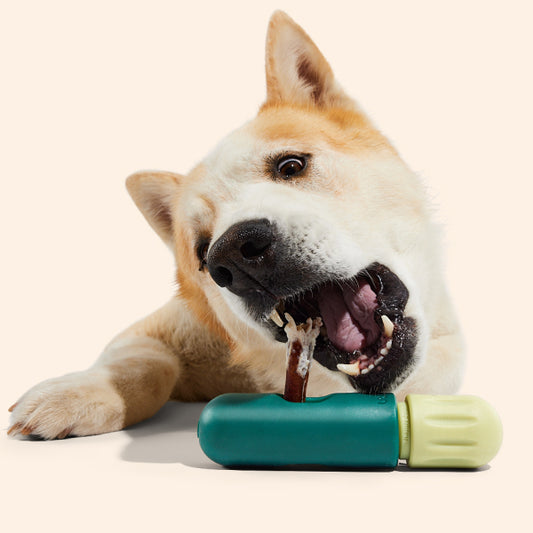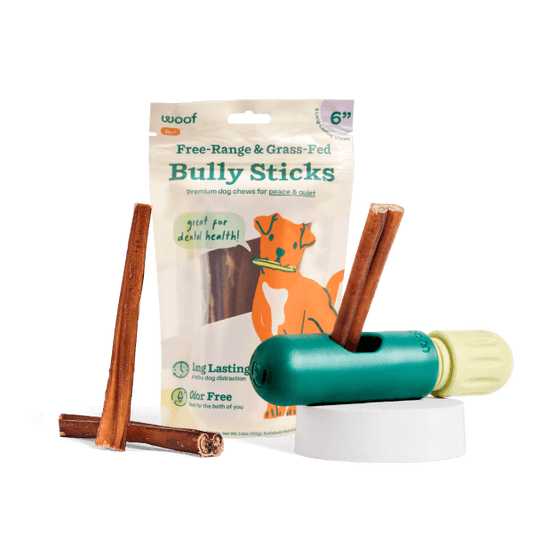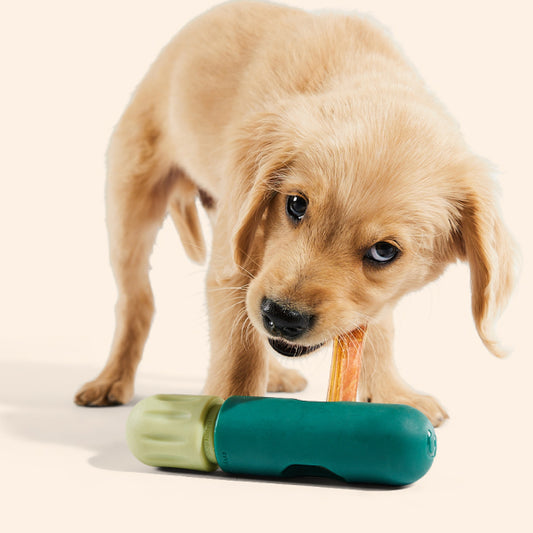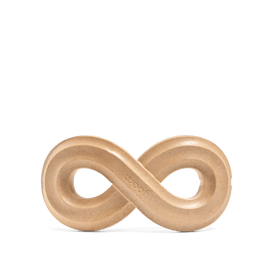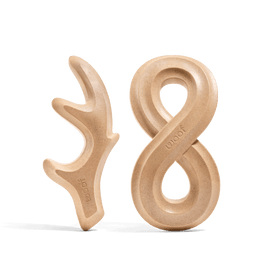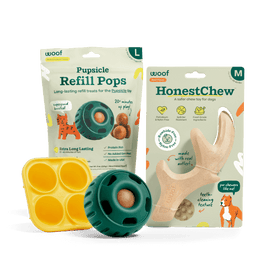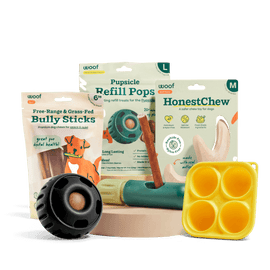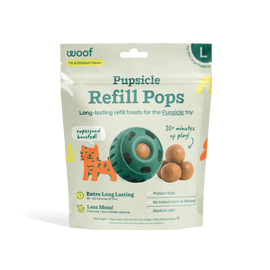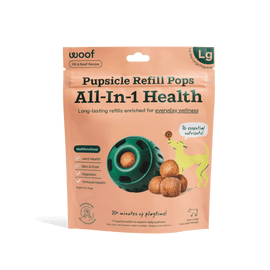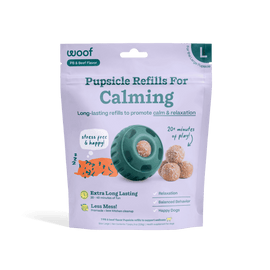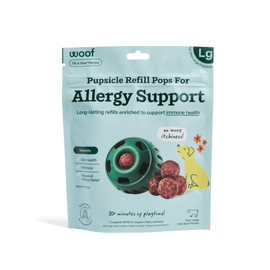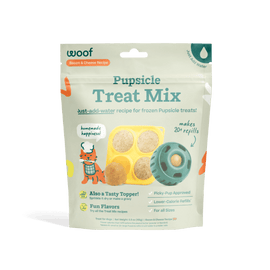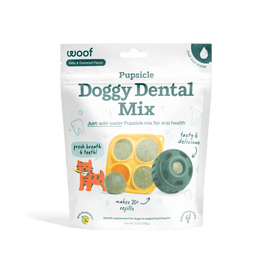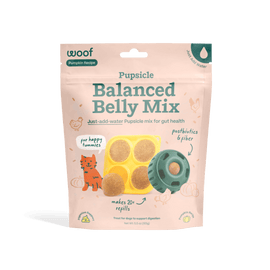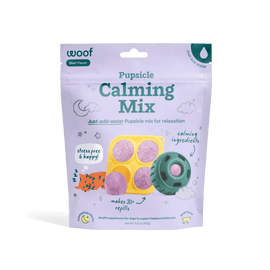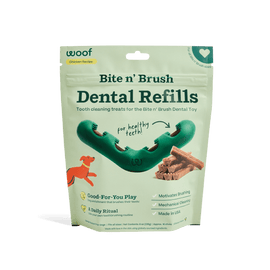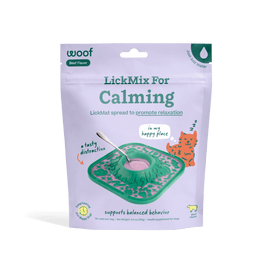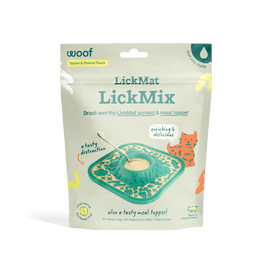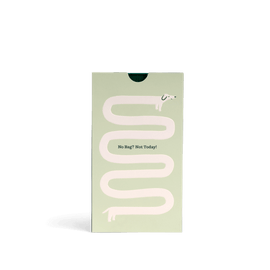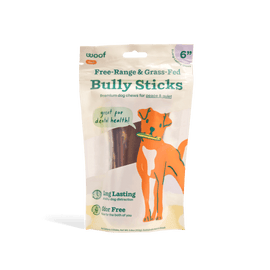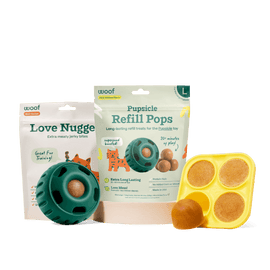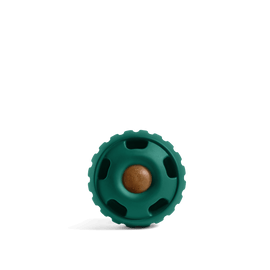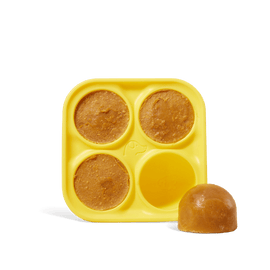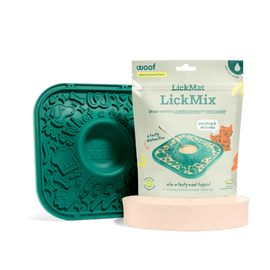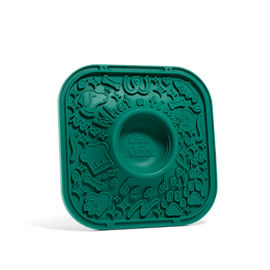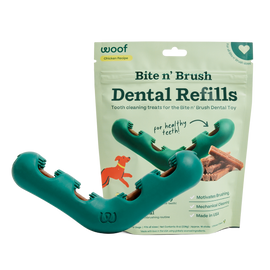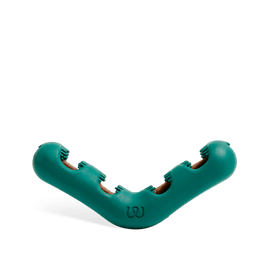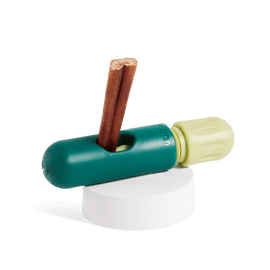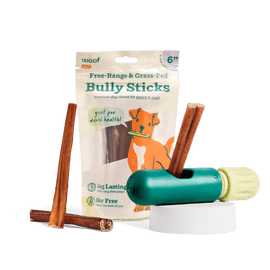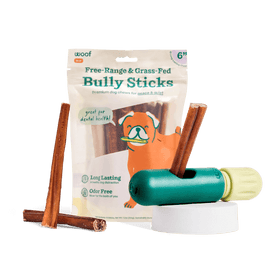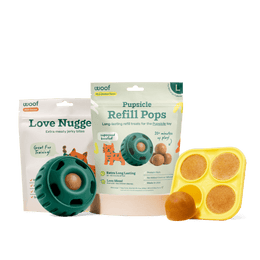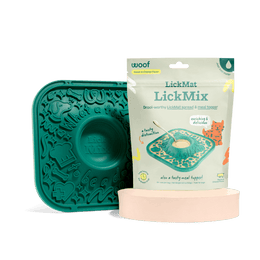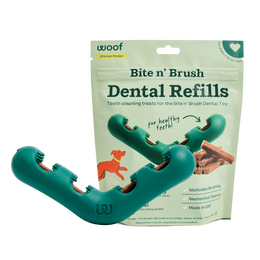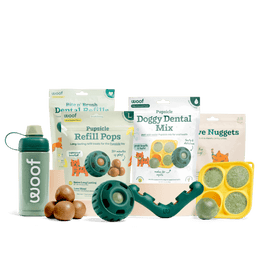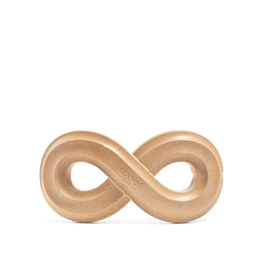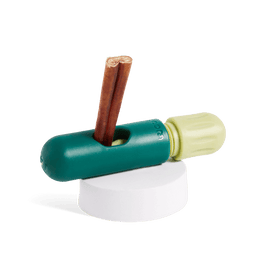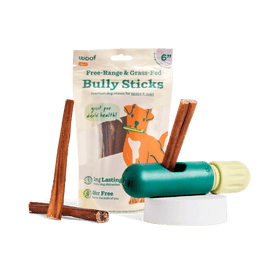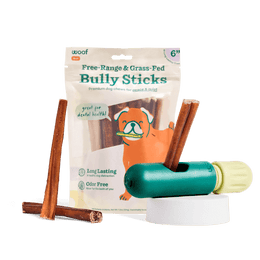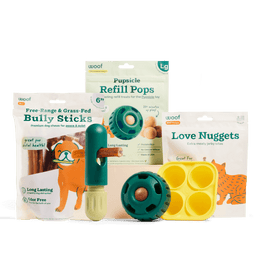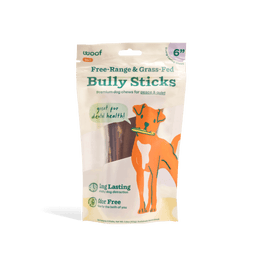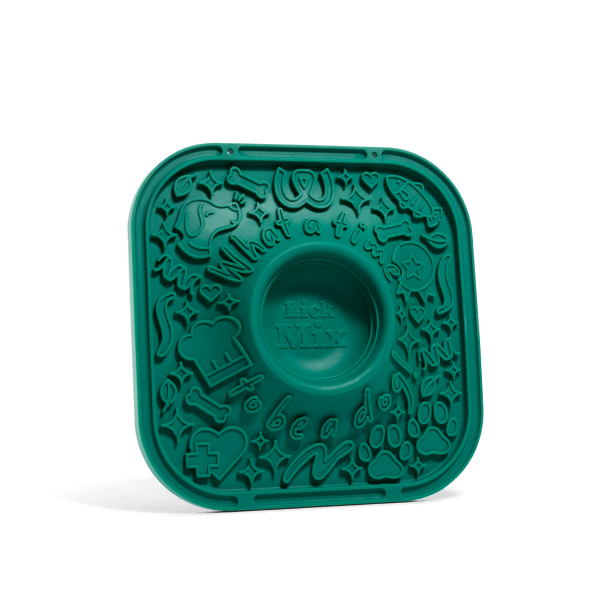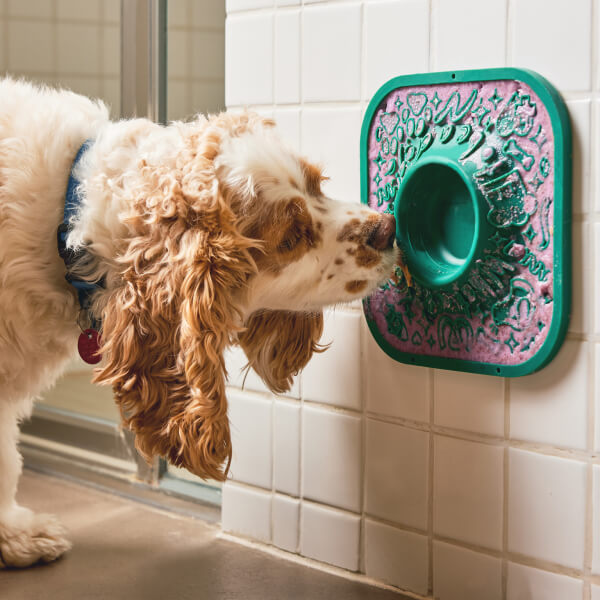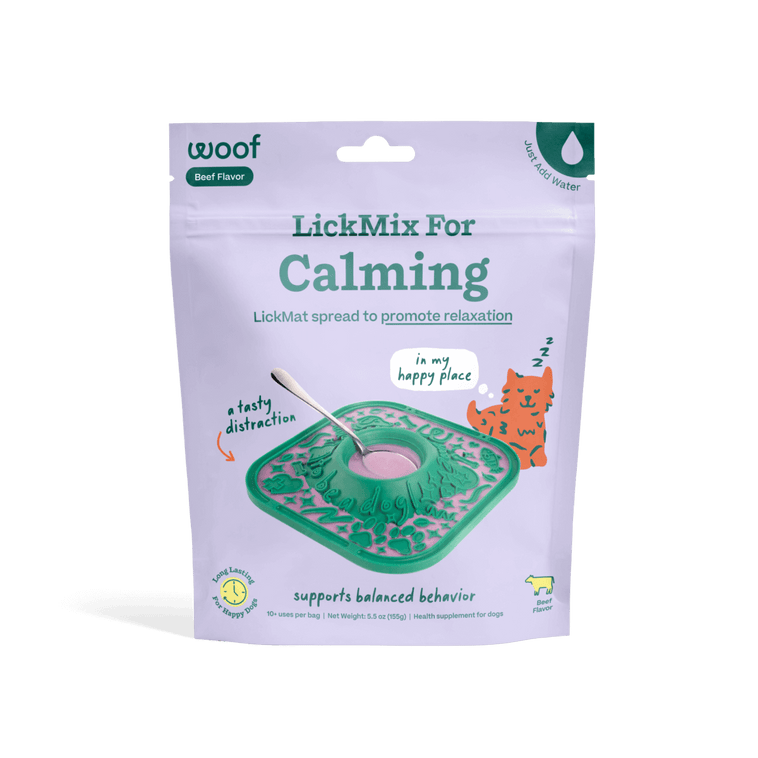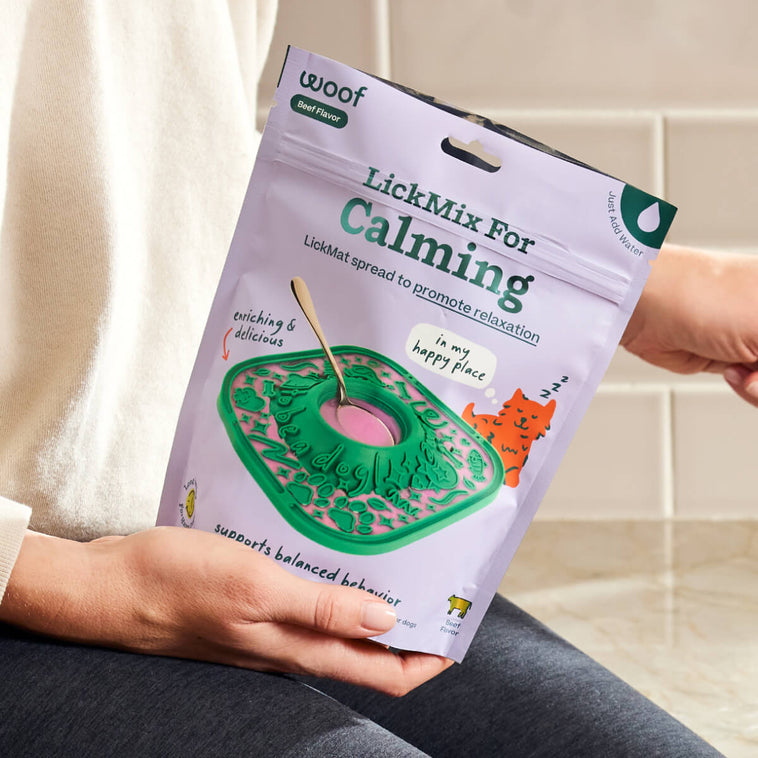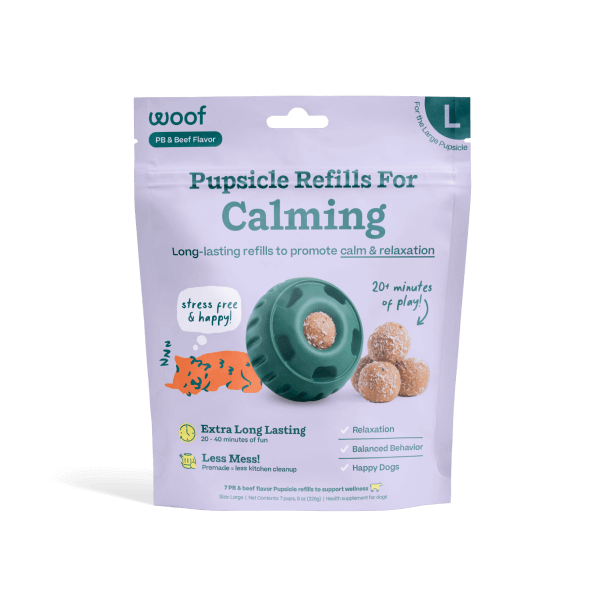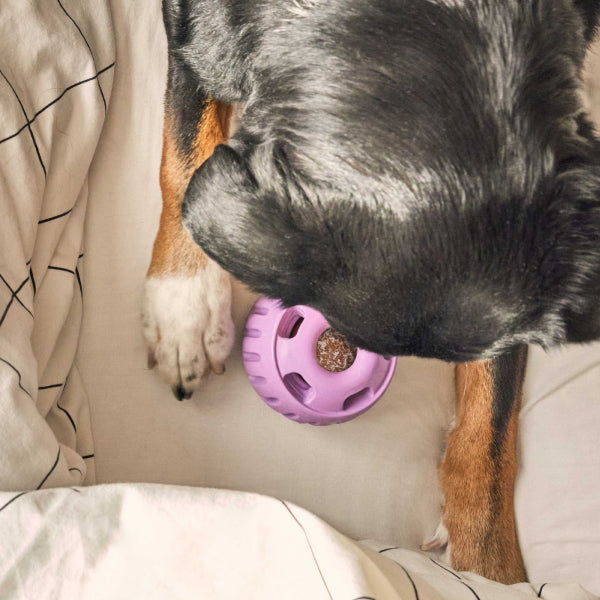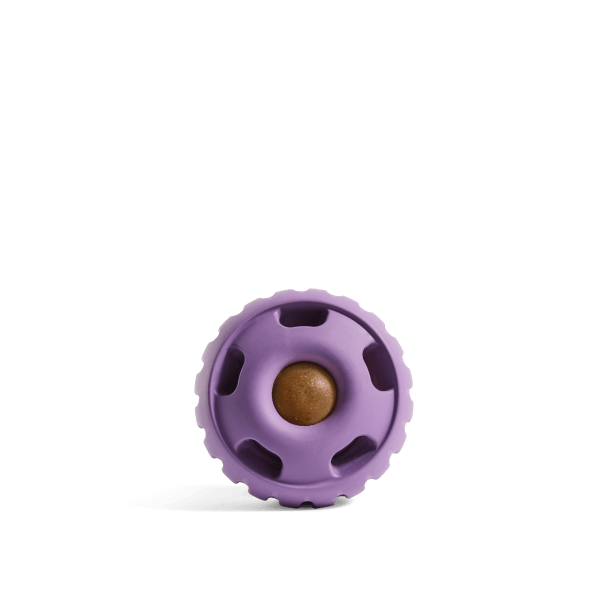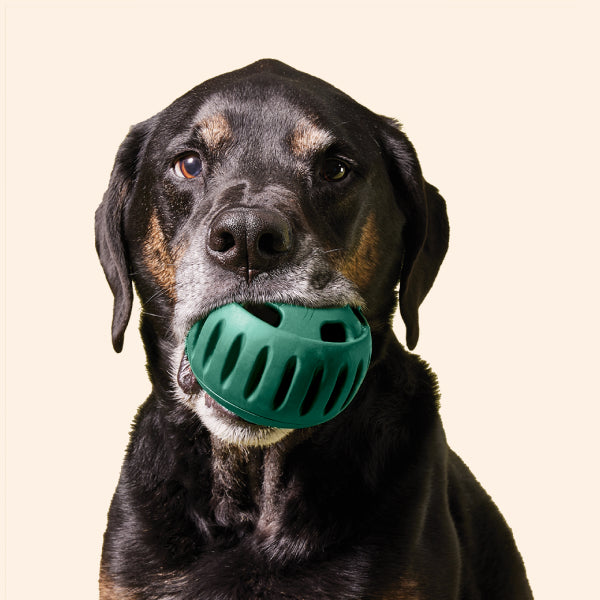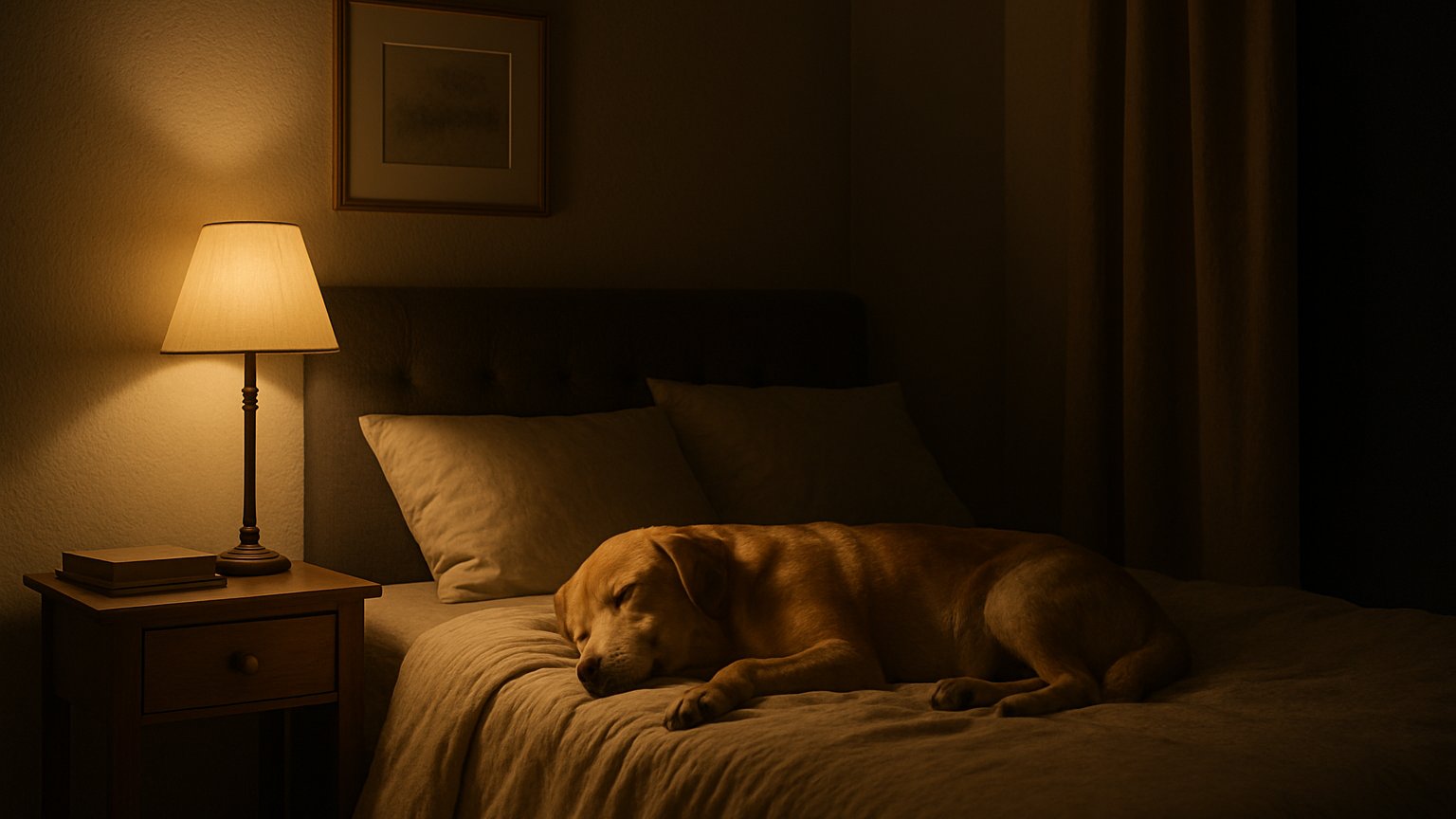
Ever tiptoed past your snoozing pup and wondered, Do dogs sleep better with the lights on or off? It's a surprisingly common question for dog parents who want to give their furry family members the best rest possible. At Woof, we understand that great sleep is as essential for dogs as it is for humans—and we’re here to help you create a bedtime environment that’s just right for your pup.
Whether your dog is a deep sleeper or a light dozer, sleep quality plays a vital role in their overall well-being. Dogs need restful sleep to support everything from immune function and memory to mood regulation and energy levels. If you’ve ever seen your pup twitching during a dream or snuggled into the corner of a dim room, you might already suspect the answer. So let’s break it down: does darkness really matter for dogs?
What Science (and Tails) Tell Us
Dogs are crepuscular by nature, meaning they’re biologically wired to be most active during dawn and dusk. However, that doesn’t mean they’re indifferent to nighttime conditions. Just like humans, dogs produce melatonin—the hormone that regulates the sleep-wake cycle—in response to darkness. The presence of light can suppress melatonin production, potentially making it harder for your dog to fall or stay asleep.
Research has also shown that dogs respond to their environment when establishing sleep habits. Lights from TVs, overhead fixtures, or even hallway nightlights can create sensory input that interferes with restful sleep. On the flip side, natural darkness helps promote deeper rest, less disruption, and more rejuvenation.
The Instinctive Need for Darkness
In the wild, dogs' ancestors—wolves—slept in dens or shaded areas to feel safe, hidden, and secure. This instinct persists today in modern dogs who often choose covered spaces, crates with blankets, or dark corners of the home to snooze. A dark environment helps reduce visual stimuli, which can contribute to a sense of calm and relaxation.
In short, most dogs prefer sleeping in the dark. It feels natural and comforting to them, aligning with thousands of years of evolutionary behavior. Even indoor dogs—whether lap-sized or large breeds—benefit from reduced lighting during sleep hours.
Signs Your Dog Prefers a Dark Room
Not every dog can tell you they want the lights off, but their behavior speaks volumes. Here are signs your dog might sleep better in the dark:
- Burrowing under blankets, pillows, or laundry
- Choosing to nap in closets, covered crates, or beneath furniture
- Restlessness or frequent waking when the room is brightly lit
- Settling more quickly when lights are dimmed or off
If you’ve noticed these cues, try turning the lights off completely at bedtime or using blackout curtains to reduce ambient light from windows or electronics.
But Every Dog Is Different
While many dogs thrive in total darkness, others may benefit from a soft, indirect nightlight. Older dogs or those with poor vision may navigate more safely with a low glow nearby. Dogs with nighttime anxiety might also feel reassured by a consistent light source—especially if they’re adjusting to a new home, recovering from an injury, or dealing with past trauma.
The key is observing your individual dog. If your pup paces, whines, or seems anxious when the lights go out, experiment with a small, warm-toned nightlight or motion-sensitive lamp. Gradual changes and comfort-building routines can help dogs adjust to darker environments over time.
Create a Calming Night Routine with Woof Favorites
Whether your pup prefers a moonlit glow or pitch-black peace, the secret to deeper rest lies in a soothing, predictable routine. A reliable bedtime ritual helps cue your dog’s body and mind that it’s time to wind down.
The LickMat paired with Calming LickMix is one of the easiest—and most effective—ways to promote relaxation. The act of licking releases endorphins, naturally easing stress and anxiety while encouraging calm behavior. Simply spread the mix onto the mat and watch your pup settle into blissful bedtime mode.
To take things up a notch, offer a Calming Wellness Pop inside a Pupsicle. This icy, slow-release treat is infused with dog-safe calming ingredients like chamomile, melatonin, and magnesium to help your dog transition gently into sleep. The textured design also extends engagement and soothes anxious chewers.
Looking for a one-stop sleep kit? Explore the Woof Wellness Collection, including our Wellness Pops & Chews Pack, which supports nighttime calm, joint comfort, and emotional balance.
Bonus Tips to Tuck in Your Pup Right
Want to be the bedtime MVP? Try adding these finishing touches to your dog’s sleep setup:
- Keep the room quiet: Use white noise or calming music to buffer street sounds or household activity.
- Stick to a bedtime: Dogs thrive on routine. Aim to feed, walk, and wind down at the same times each night.
- Limit rough play at night: Active games release adrenaline, which can make winding down harder.
- Try calming scents: Lavender or chamomile sprays (formulated for pets) can provide olfactory comfort.
- Cozy bedding: A warm, orthopedic dog bed or crate with soft blankets helps create a den-like feel.
Pair these with Woof’s calming treats, and you’ve created a sleep sanctuary that rivals any spa retreat—paws down.
So, Lights On or Off?
For most pups, lights off is the way to go. Darkness taps into their instincts, encourages natural melatonin production, and reduces stimulation—leading to deeper, more restorative sleep. But just like people, some dogs have unique preferences or special needs. Observe. Experiment. Adjust.
And remember: no matter the lighting, Woof’s best-sellers turn bedtime into a joyful, stress-free experience. Whether it’s a calming Pupsicle, a lickable mat, or a gentle bedtime chew, your dog will fall asleep happier, healthier, and more content.
Sweet dreams, sleepy tails. With a little intention and the right Woof products, your pup's perfect night’s rest is just a few licks away.
